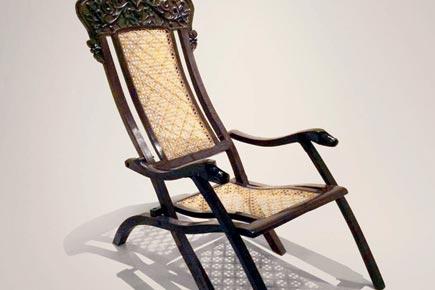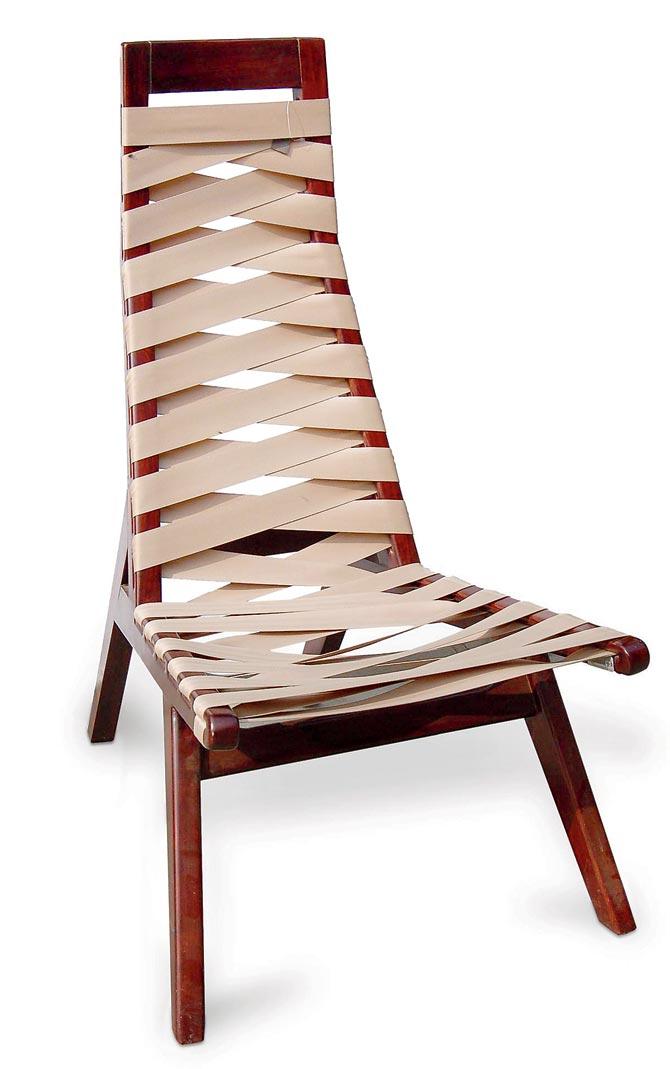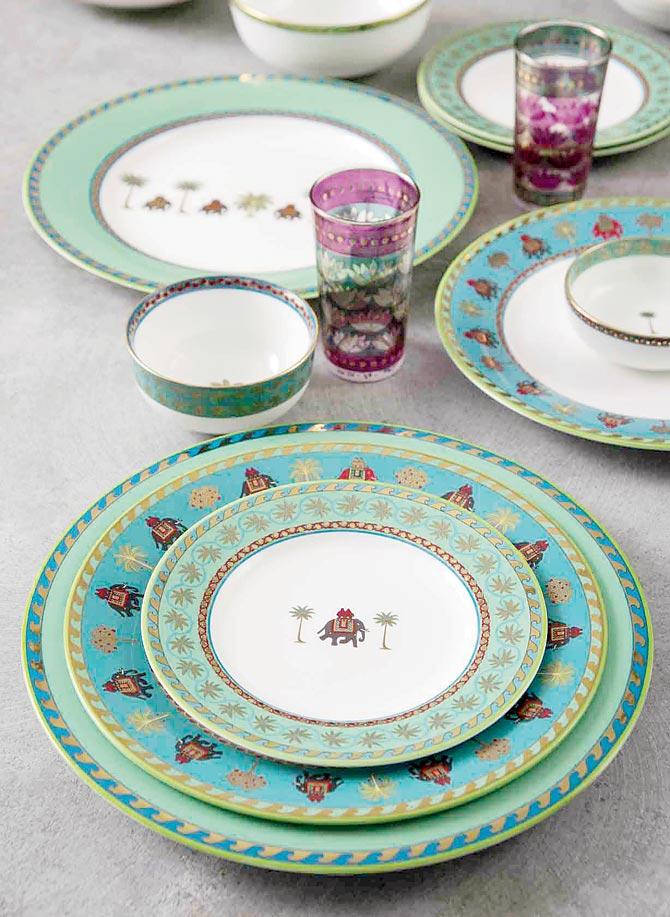An exhibition traces the fascinating journey of design development in the Indian subcontinent


Divya Thakur
ADVERTISEMENT
Not too long ago, a culinary pursuit characterised lazy summer afternoons across India. Triangular pieces of kairi soaked in a blend of spices and oil would be packed in large ceramic barnis, which would then be left in the sun to turn into a tangy pickle, enough to last a family for a year. The design of the ubiquitous barnis created the perfect airtight environment for the ingredients to mingle and the ceramic material ensured that the acidity of the raw mango didn’t cause the sides of the container to leech. But that’s not what barnis were originally meant for.  ?
?
The Indo-Portuguese chair is part of the heritage furniture at Mumbai’s Taj Mahal Palace; the ergonomics of such pieces have inspired this contemporary designer chair 
"These ceramic barnis were used by the British as industrial containers for carrying acids because of their non-corrosive nature. Once we realised the durability of these containers, we began to create them in India for pickle-making," explains Divya Thakur, curator of The India Story, an exhibition that looks at design development of various objects in the Indian subcontinent through history and how they can and have been used to create contemporary products. Opening in Mumbai today, expect to find more such fascinating stories behind everyday objects at the exhibition that has been presented across two venues, each capturing one theme.
A contemporary crockery line uses traditional Indian motifs for its collection
Objects Through Time, presented at and in collaboration with Chhatrapati Shivaji Maharaj Vastu Sangrahalaya, traces the journey of objects under five categories — kitchenware, technology and appliances, furniture (through seating), surface design and security. "While India has had a rich tradition of ingenious kitchenware, we were amazed to find brilliant innovations in technology, too. For instance, the haath pankhas (hand-held fans) we sourced from a Parsi family in Mumbai are very different from the folding Japanese ones, yet practical and stunning to look at," says Thakur, who is a design practitioner herself and founder of Design Temple, a venture that takes up design projects with India as the inspiration often.
Ideas through time, the other theme of the exhibition presented at the Max Mueller Bhavan, is more intangible. "It explores eight philosophies like kala, gyaan and vidya, which can be collectively called the Indian approach that has guided indigenous design development," explains Thakur.
A fridge that runs without electricity, centuries-old chairs that bust the myth of the traditional Indian preference for sitting on the floor, a miniature history of electrification in India — this India Story is full of intriguing subplots.
 Subscribe today by clicking the link and stay updated with the latest news!" Click here!
Subscribe today by clicking the link and stay updated with the latest news!" Click here!






